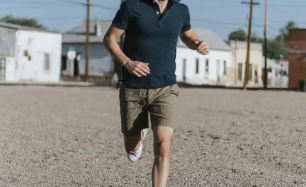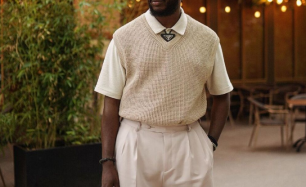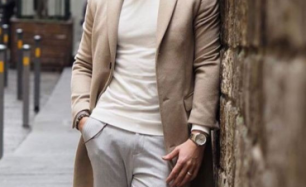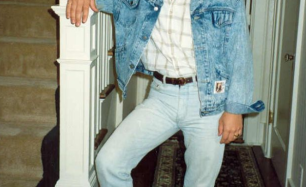The Evolution of Japanese Streetwear Fashion
Japanese streetwear has become a global phenomenon, blending traditional aesthetics with modern influences to create unique and trend-setting styles. What started as an underground movement has now become a staple in the fashion industry, inspiring designers and streetwear enthusiasts worldwide. From its roots in Harajuku to its impact on global street fashion, let’s explore the evolution of Japanese streetwear and how you can incorporate its iconic looks into your wardrobe.
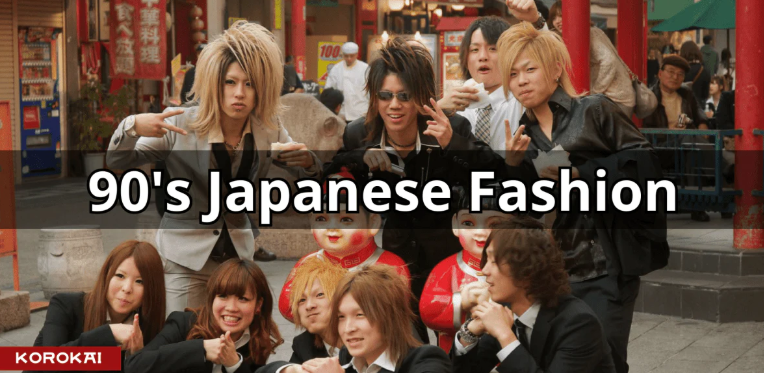
1. The Origins: Harajuku and the 90s Influence
In the 1990s, Japanese streetwear emerged as a rebellious response to mainstream fashion, with Harajuku serving as the epicenter of this cultural shift. Inspired by Western hip-hop, skate culture, and punk rock, brands like A Bathing Ape (BAPE) and Neighborhood redefined casual wear with bold graphics, oversized silhouettes, and innovative layering techniques.
During this time, Tokyo’s youth embraced experimental fashion, mixing traditional Japanese elements with modern street styles. This fearless approach set the foundation for what Japanese streetwear would become today.
2. The Rise of Techwear and Functional Street Fashion
By the early 2000s, Japanese streetwear evolved to incorporate futuristic elements, with an emphasis on functionality and technical fabrics. Brands like Kidoriman have taken inspiration from this trend, offering modern takes on traditional Japanese silhouettes, combining comfort with an urban edge.
For those looking to integrate Japanese-inspired fashion into their wardrobe, pieces like relaxed-fit cargo pants and oversized kimono-style jackets are perfect for achieving an effortless streetwear look.
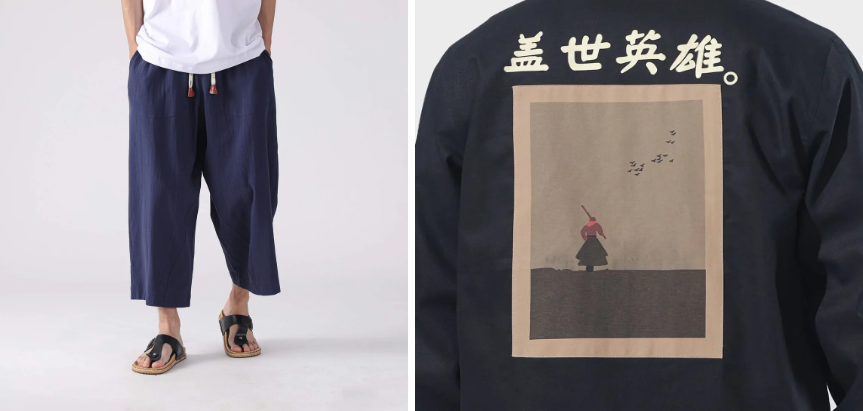
3. The Global Impact of Japanese Streetwear
Japanese streetwear’s influence is undeniable, with international brands and designers adopting elements from Tokyo’s fashion scene. Collaborations between Japanese designers and major global brands have further cemented its presence in mainstream fashion.
Staple items like layered outerwear, utility vests, and minimalist joggers have become essential in modern street style, appealing to fashion-forward individuals seeking a balance between function and style.
4. How to Style Japanese Streetwear Today
Japanese streetwear is known for its mix of traditional and modern aesthetics. Here are a few ways to incorporate its elements into your look:
- Layering: Combine oversized hoodies with lightweight kimono-style jackets for an effortless urban vibe.
- Functional Details: Cargo pants with multiple pockets offer a blend of style and practicality.
- Muted Tones & Statement Graphics: Stick to neutral color palettes while incorporating bold graphic prints to make a statement.
Complete your streetwear look with Kidoriman’s unique pieces.
Final Thoughts
Japanese streetwear continues to evolve, blending tradition with innovation to create a globally recognized fashion movement. Whether you’re drawn to the bold graphics of the 90s or the sleek, functional designs of modern techwear, incorporating Japanese-inspired elements into your wardrobe is a great way to embrace this dynamic style. Explore Kidoriman’s collection today and step into the world of Japanese street fashion with confidence.
